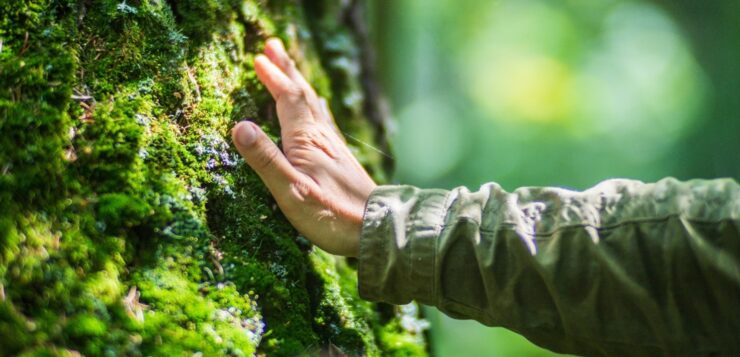To celebrate the International Day for Biological Diversity on May 22nd, we have compiled a small selection of books that examine our relationship with nature: how we live with it, how we make use of it, and what we do to its diversity. For a more extensive list of recommendations, see HAMK Finna Picks from collections.
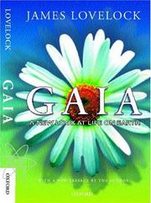 Lovelock, J., & Lovelock, J. E. (2016). Gaia: a new look at life on Earth. Oxford University Press. Lovelock, J., & Lovelock, J. E. (2016). Gaia: a new look at life on Earth. Oxford University Press.
Let us start with a classic: Lovelock’s Gaia was originally published in 1979. His idea of the Earth as a self-regulating system was quite popular, though these days it is criticized for its weak or indeed lacking evidence. The Gaia hypothesis is still an important part of environmental science history and well worth knowing. |
 Foster, D. R. & Thoreau, H. D. (1999). Thoreau’s country. Harvard University Press. Foster, D. R. & Thoreau, H. D. (1999). Thoreau’s country. Harvard University Press.
The journals of Henry David Thoreau have been a must read for those of us interested in nature and preserving it. They were also one item that David Foster took with him to the woods of New England, the same woods Thoreau had described more than a century earlier. Foster was struck by the changes that had occurred during that time and started comparing and recording the historical and social changes. |
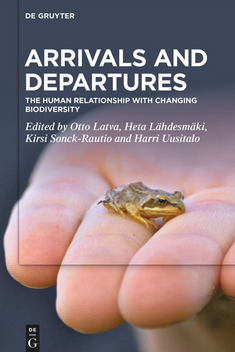 Latva, O., Lähdesmäki, H., Sonck-Rautio, K., & Uusitalo, H. (2024). Arrivals and departures: the human relationship with changing biodiversity. Walter de Gruyter. Latva, O., Lähdesmäki, H., Sonck-Rautio, K., & Uusitalo, H. (2024). Arrivals and departures: the human relationship with changing biodiversity. Walter de Gruyter.
To balance the classics, here is something new: a multidisciplinary take on human-nature relations. Part if biodiversity is the disappearance of old species but also the arrival of new ones. This book approaches these changes from three perspectives: belonging and non-belonging, emotions, and environmental policy. The human-nature relationship is complex, and needs several points of view to be fully appreciated. |
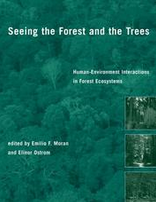 Moran, E. F. & Ostrom, E. (2005). Seeing the forest and the trees: human-environment interactions in forest ecosystems. MIT Press. Moran, E. F. & Ostrom, E. (2005). Seeing the forest and the trees: human-environment interactions in forest ecosystems. MIT Press.
Moran and Ostrom have produced a fascinating book on why some forests thrive even in the presence of large human population while others decline and disappear. Moran and Ostrom bring together findings from a large-scale, multidisciplinary research project undertaken by anthropologists, geographers, economists, sociologists, political scientists, environmental scientists, and biologists in more than twelve countries and over eighty locations. |
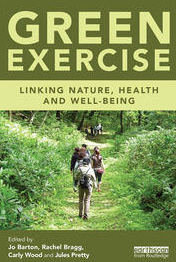 Barton, J., Bragg, R., Wood, C., Pretty, J., & Ambrose-Oji, B. (2016). Green exercise: Linking nature, health and well-being. Routledge, Taylor & Francis. Barton, J., Bragg, R., Wood, C., Pretty, J., & Ambrose-Oji, B. (2016). Green exercise: Linking nature, health and well-being. Routledge, Taylor & Francis.
This book explores how being active in nature—called Green Exercise—benefits human health and well-being throughout life. Drawing on research from fields like psychology, ecology, and physiology, it explains how nature-based activities support everything from immune function to mental health and behavior change. It looks at real-world uses of Green Exercise in schools, workplaces, therapy, and public health, with examples like forest bathing and blue exercise (water-based activity). The book also discusses how future planning and design can make nature more accessible to support healthier lifestyles. |
